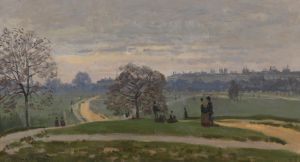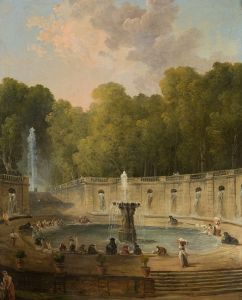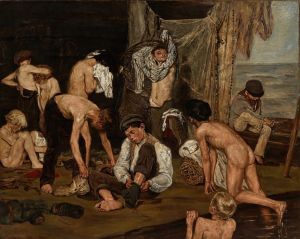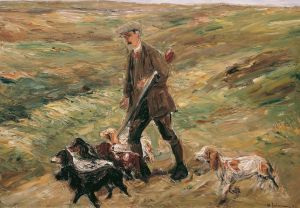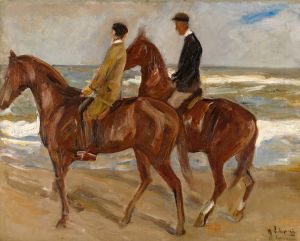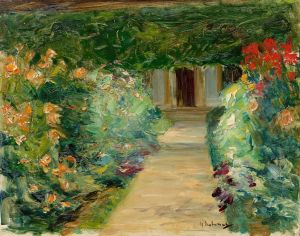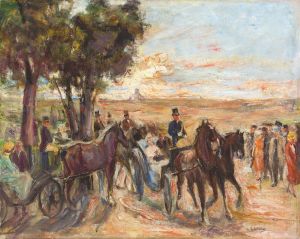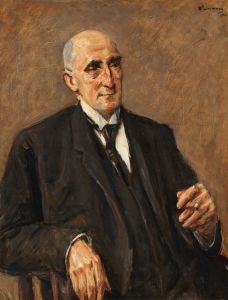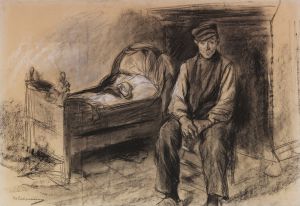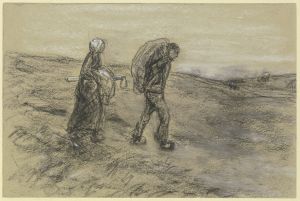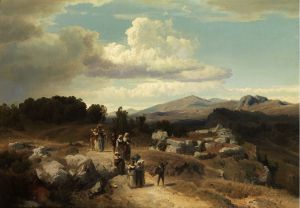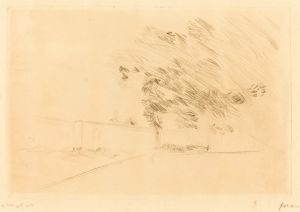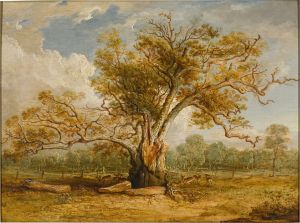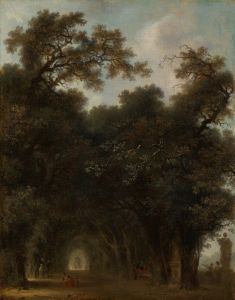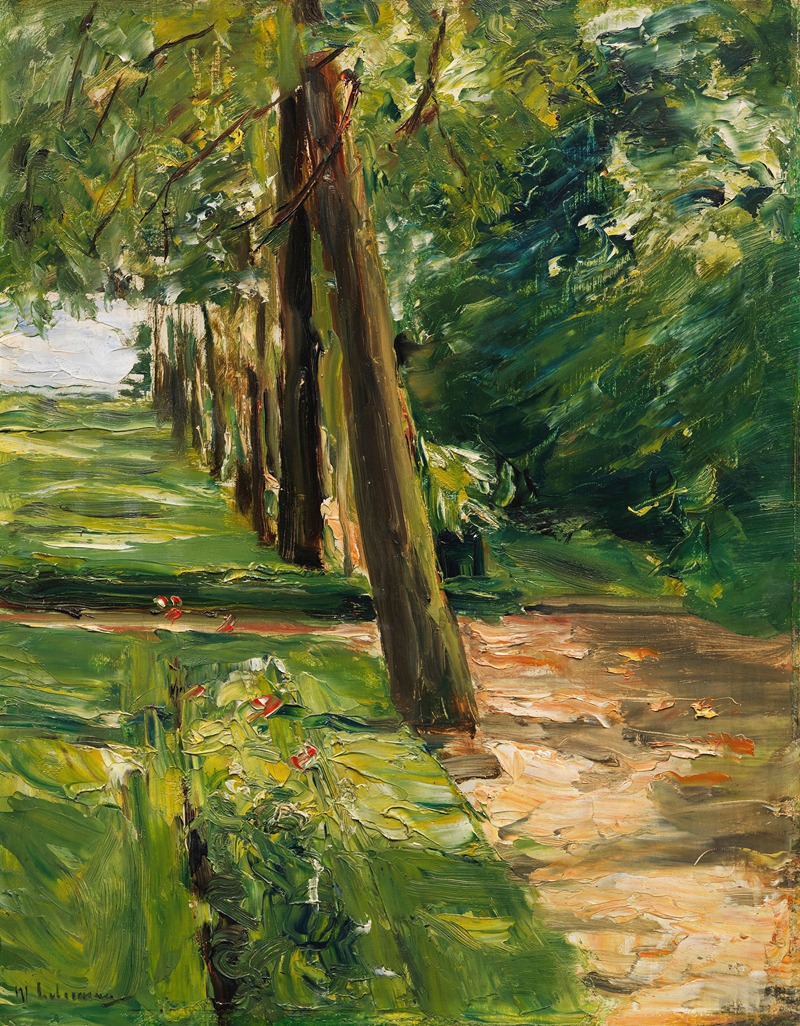
Die Birkenallee im Wannseegarten nach Osten, Wohl
A hand-painted replica of Max Liebermann’s masterpiece Die Birkenallee im Wannseegarten nach Osten, Wohl, meticulously crafted by professional artists to capture the true essence of the original. Each piece is created with museum-quality canvas and rare mineral pigments, carefully painted by experienced artists with delicate brushstrokes and rich, layered colors to perfectly recreate the texture of the original artwork. Unlike machine-printed reproductions, this hand-painted version brings the painting to life, infused with the artist’s emotions and skill in every stroke. Whether for personal collection or home decoration, it instantly elevates the artistic atmosphere of any space.
Max Liebermann's painting Die Birkenallee im Wannseegarten nach Osten, Wohl (translated as The Birch Avenue in the Wannsee Garden Facing East, Wohl) is a notable work by the German Impressionist painter. Liebermann, one of the leading figures of German Impressionism, is renowned for his depictions of landscapes, gardens, and scenes of everyday life. This particular painting is part of a series of works inspired by the artist's summer residence and garden in Wannsee, a suburb of Berlin.
Liebermann acquired the property in Wannsee in 1909 and commissioned the design of a garden that would become a recurring subject in his later works. The Wannsee garden, influenced by Dutch and English garden styles, featured meticulously arranged flower beds, hedges, and avenues, including the birch-lined path depicted in this painting. The garden served as a personal retreat for Liebermann and a source of artistic inspiration, allowing him to explore the interplay of light, shadow, and color in a controlled natural setting.
In Die Birkenallee im Wannseegarten nach Osten, Wohl, Liebermann captures the serene beauty of the birch-lined avenue as it stretches eastward. The painting exemplifies his mastery of light and atmosphere, with dappled sunlight filtering through the trees and casting delicate shadows on the ground. The composition draws the viewer's eye along the path, creating a sense of depth and inviting contemplation of the tranquil scene. Liebermann's loose brushwork and subtle color palette reflect the influence of French Impressionism, which he admired and adapted to his own style.
The Wannsee garden paintings, including this work, are considered some of Liebermann's most celebrated contributions to German art. They reflect his shift from earlier, more socially focused themes to a more introspective and personal exploration of nature and leisure. These works also demonstrate his ability to capture fleeting moments and the ephemeral qualities of light, hallmarks of Impressionist art.
Max Liebermann's career spanned a period of significant cultural and political change in Germany. As a prominent Jewish artist, he faced increasing persecution during the rise of the Nazi regime. Despite these challenges, his legacy endures through his extensive body of work, which continues to be celebrated for its artistic and historical significance.
Today, Liebermann's Wannsee villa and garden have been preserved as the Liebermann Villa Museum, dedicated to his life and art. Visitors can explore the restored garden and view many of his works, including pieces from the Wannsee series. Die Birkenallee im Wannseegarten nach Osten, Wohl remains an enduring example of Liebermann's ability to find beauty in the natural world and translate it onto canvas with sensitivity and skill.





